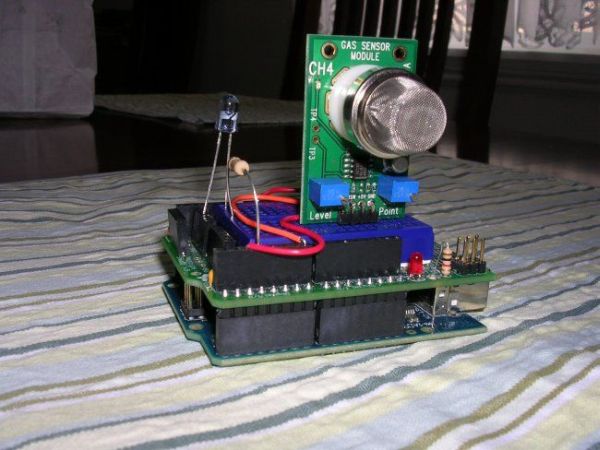

Calculate the output voltage of the voltage divider it depends on temperature.įloat Vout = (float)nRawThermistor * Vref/1023.0

* Constants to help conver the raw analogue measurement intoĬonst float ThermistorResistance = 10000 // Thermistor resistance at some nominal temperatureĬonst float NominalTemperature = 25 // The nominal temperature where resistance is known.Ĭonst float BCoefficient = 3950 // The beta coefficient of the thermistor (from data-sheet)Ĭonst float Vsupply = 3.3 // The supply voltage for the voltage divider.Ĭonst float Vref = 1.1 // Analogue reference voltage.Ĭonst float Rtop = 100e3 // Bias resistance for the voltage divider. A 100kΩ resistance was connected between the 3.3V output of the Arduino and the analog-input to provide current for the thermistor. The thermistor was connected in a voltage divider configuration with one leg connected to ground and the other to the analog-input. As temperature increases, resistance goes down as temperature decreases, resistance goes up. A thermistor is a resistor whose resistance changes with temperature. To generate some ‘noisy’ data for filtering a thermistor was connected to analog-input 0 on an Arduino Uno. The filters will smooth the data but they can also introduce a lag. Comparing the raw and filtered on a single plot lets us easily see the effect of the filter. MegunoLink’s Time Plot Visualizer will be used to show both the raw, unfiltered, data and the output from the filter. We’ll use MegunoLink to compare three different filters: Filtering is a method to remove some of the unwanted signal to leave a smoother result. Vibration from the engine adds noise if you’re measuring the acceleration of a go-kart, for example.

Noise also arises from real effects on the sensor. Maybe it comes from electrical noise: the random variations you see when calling analogRead on a sensor that should be stable. Loosely speaking, noise is just the part of the signal you didn’t want. Let us now refresh our knowledge on some of the basic concepts such as bits and bytes.Measurements from the real world often contain noise. RandNumber = random(10, 20) // print a random number from 10 to 19 Serial.println(randNumber) // print a random number from 0to 299 randomSeed() will then shuffle the random function. different seed numbers each time the sketch runs. noise will cause the call to randomSeed() to generate if analog input pin 0 is unconnected, random analog Long random(min, max) // it generate random numbers from min to max Long random(max) // it generate random numbers from 0 to max The random function generates pseudo-random numbers. RandomSeed(analogRead(5)) // randomize using noise from analog pin 5 These may be radio waves, cosmic rays, electromagnetic interference from cell phones, fluorescent lights and so on. If you have an unconnected analog pin, it might pick up random noise from the surrounding environment.
RANDOM ARDUINO GENERATOR
You should reset the generator to some random value. Although the distribution of the numbers returned by random() is essentially random, the sequence is predictable. The function randomSeed(seed) resets Arduino’s pseudorandom number generator.


 0 kommentar(er)
0 kommentar(er)
